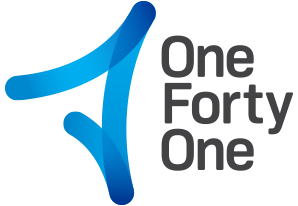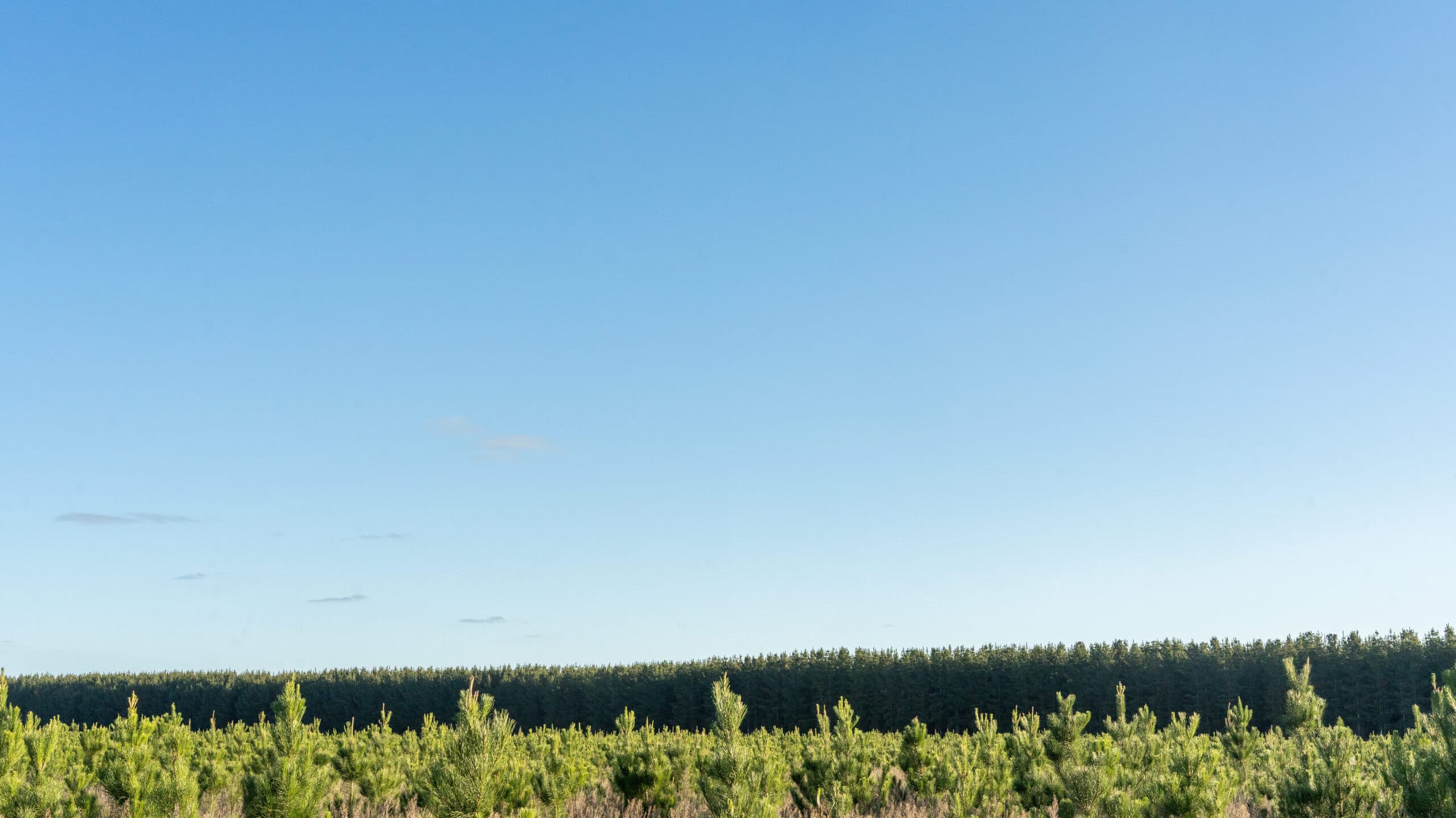Inclusion in the workplace is an investment we need to make
24 Aug 20
“The onus is on workplaces, leaders and employees to create a workplace of belonging, so that is what OneFortyOne is doing.”
By Peter Brydon, Chief People Officer, OneFortyOne
Most – if not all – workplaces in Australia and New Zealand have been told that those embracing inclusion, diversity and acceptance have more resilience, and increase their operational performance.
Of course, it is one thing to say that this reasoning is widely accepted, but where is the proof?
Logically, it makes sense. By making space for more people, there is automatically a wider range of ideas, experiences and perspectives. Therefore, innovation and problem solving become more effective because we are forced to listen and respond to alternative viewpoints. Reaching consensus takes more discussion and effort, but ultimately results in a more considered outcome.
Shutting people out because they don’t fit traditional workplace models is detrimental to realising our potential. Research conducted in recent years has demonstrated the value in having diversity in the workplace, whether that be through gender, age, heritage or culture. There have been hundreds of studies over the past 10 years that clearly demonstrate the benefits of building workplaces and teams that are diverse. So, let’s take a look at some of those.
We can already accept that diversity from expertise provides many benefits. This is why we build teams with people who have skills in engineering, finance, law, communications and operations. When we build teams from those with diversity of heritage, gender and sexual orientation we now know that creativity is enhanced. Diversity can change the way we think.[1]
For example, a 2012 study published in the Strategic Management Journal showed the effect of gender diversity at top firms. Looking at the size and gender composition of top management teams and financial performance, the research concluded that female representation in top management leads to an increase of $42 million in firm value.[2]
Cultural diversity delivers the same benefits. The McKinsey report, Diversity wins: How inclusion matters, found that companies in the top quartile of heritage and cultural diversity outperformed those in the fourth by 36 per cent in terms of profitability in 2019.[3] Overall, companies that already see inclusion and diversity as a strength are likely to leverage it to bounce back quicker and they will use this time to seek new opportunities to boost representation and inclusion to strengthen performance and organisational health.[4] Research on large, innovative organisations has repeatedly shown that this is the case. This is a pertinent point as the resilience of our economy and many businesses is tested in the face of covid.
Just as important as business performance, is how inclusion makes people feel. People who do not fit the traditional view of an ideal employee may feel isolated and pressure to conform. When we feel like we belong, we are happier at work and perform better. The increase in performance is substantial. The Harvard Business Review reports that strong feelings of belonging are linked to an incredible 56 per cent increase in job performance and a 75 per cent reduction in sick days.[5]
The onus is on workplaces, leaders and employees to create a workplace of belonging, so that is what OneFortyOne is doing.
OneFortyOne is a good place to work, but we can be better. We have set our aspirations to be the most creative, progressive and inspirational group within the trans-Tasman wood fibre sector.
We know that if we want to retain our people and attract younger generations to the business, then inclusion must be a key part of our company culture.[6]
Our 2020 – 2025 People Strategy establishes four strategic priorities: build a high-performance culture and outstanding leaders; accelerate inclusion and acceptance; create meaning and purpose, and; be fit for the future.
Our People Strategy sets clear, tangible goals that equate to bold action as we strive to achieve our aspirations. Broadly, we will ensure representation of diverse talent, particularly through our recruitment and succession planning; we will strengthen leadership accountability and capability as part of our inclusion efforts; we will promote openness and address microaggression, and; we will encourage authenticity over conformity.
The accelerate inclusion and acceptance pillar identifies our goal to create a culture that allows people to be themselves and for managers to surround themselves with people of different backgrounds to unlock potential and greater creativity.
We need everyone to be involved in our inclusion efforts. Progress can only happen when individuals, leaders and teams[7] are real about the changes that need to be made because they understand the myriad of benefits.
This article is the first in a series of features that will
focus on the inclusion efforts and goals of OneFortyOne. We look forward to
sharing our progress.

[1] Katherine W. Phillips, ‘How Diversity Makes Us Smarter’, Scientific American, October 2014. Accessed 19 August 2020 at https://www.scientificamerican.com/article/how-diversity-makes-us-smarter/.
[2] Cristian L. Dezsö and David Gaddis Ross, ‘Does female Representation in Top Management Improve Firm Performance? A Panel Data Investigation’, Strategic Management Journal 33:9, September 2012. Accessed 19 August 2020 at https://onlinelibrary.wiley.com/doi/abs/10.1002/smj.1955.
[3] McKinsey & Company, ‘Diversity wins: How inclusion matters’, May 2020. Accessed 19 August 2020 at https://www.mckinsey.com/featured-insights/diversity-and-inclusion/diversity-wins-how-inclusion-matters#
[4] McKinsey & Company, ‘Diversity wins: How inclusion matters’, May 2020. Accessed 19 August 2020 at https://www.mckinsey.com/featured-insights/diversity-and-inclusion/diversity-wins-how-inclusion-matters#
[5] Evan W. Carr , Andrew Reece , Gabriella Rosen Kellerman and Alexi Robichaux, ‘The Value of Belonging at Work’, Harvard Business Review, December 2019. Accessed 19 August 2020 at https://hbr.org/2019/12/the-value-of-belonging-at-work
[6] Weber Shandwick, KRC Research and Institute for Public Relations, ‘Millennials at work: perspectives on diversity and inclusion’, June 2016. Accessed 19 August 2020 at https://www.webershandwick.com/news/millennials-at-work-perspectives-on-diversity-inclusion/
[7] Matt Krentz, Olivier Weirzba, Katie Abouzahr, et al., “Five Ways Men Can Improve Gender Diversity at Work,” BCG, October 2017. Accessed 18 August, 2020, at https://www.bcg.com/en-au/publications/2017/people-organization-behavior-culture-five-ways-men-improve-gender-diversity-work
OneFortyOne acknowledges the Traditional Custodians of Country throughout Australia and their deep connections to land, water, and community. We pay our respect to Elders past and present and extend that respect to all First Nations people today.
In Aotearoa New Zealand, Māori communities have a strong spiritual connection between people and the land – the wellbeing of one sustains the wellbeing of the other. We strive to build meaningful relationships with iwi as tangata whenua (people of the land/region), to be responsible intergenerational kaitiaki (stewards/guardians) of the land where our forests grow.





